Each year there are now a few very sunny days without much electricity demand where there’s so much solar the grid can’t absorb it all.
To manage this, grid operators have put a limit on how much of our excess solar we can export to the grid – typically 5 kilowatts (kW) per house or as low as 1.5 kW in South Australia. This means households have to limit their solar exports most days of the year.
But that’s changing. A humble new communication standard gives us a smarter way to manage solar exports so households can export more power, more often, without overloading local networks.
The standard – known as the Australian Common Smart Inverter Profile – is a set of rules for how inverters and other devices communicate with the grid operator.
It may sound small, but these new rules could have very large benefits to households and the grid. For instance, it will mean South Australia’s 1.5 kW limit can grow to 10 kW when the local grid has capacity – which is most of the time.

Why we need to shift to a smarter grid
Around 40% of what Australians pay for power is due to the cost of past grid-building. Billions have been spent over the last 20 years to enable the grid to respond to the growth in peak demand – the few hours a year when demand could outstrip supply, potentially causing blackouts.
As we electrify homes and transport, total electricity demand could roughly double.
The good news is our solar panels, home batteries and electric vehicles (EVs) are a very useful way to meet this rising demand and use the existing grid more efficiently. Over time, this should mean power bills finally stop rising. Some estimates suggest they will fall 20% over the next decade.
Rooftop solar is going from strength to strength. Globally speaking, Australia is behind on EV uptake but catching up. The new federal subsidy has supercharged the home battery market. Installations have shot from about 200 to 1,000 a day. Heat pumps and electric hot water systems are more and more popular.

The grid isn’t full
It’s common to assume the power grid is under strain. But in reality, we’re only using 43% of its capacity.
That means we can run a lot more through the same poles and wires if we time things better. It would cause much less strain on the grid if electric hot-water heaters, heat pumps and EVs are set to charge during the middle of the day, when solar is abundant.
With this new standard in place, Australia should be able to avoid some expensive grid upgrades. Recent analysis shows better coordination of our household electricity resources could avoid the need to spend billions on new grid infrastructure such as transmission lines.
What are the challenges?
The new standard will make a rapid and noticeable difference to how much solar householders can export overall. But it won’t be the same everywhere.
A street at the end of a long rural line, with lots of rooftop solar and little daytime demand, will hit export limits sooner than a short urban line near a substation. Some households will be asked to reduce solar output more often than others, which raises fairness concerns.
Our research group is running trials to find fairer ways of allocating grid capacity and to ensure everyone benefits from smart-grid technology.
There’s also the question of trust. Some people may not feel comfortable letting their power company adjust their devices remotely and may choose to stick with limited solar exports. (Solar arrays can still be shut off remotely in an extreme grid event). Only 43% of energy consumers surveyed trust electricity companies to “do the right thing”.
Clearer protections will be essential as Australia’s electricity system grows more diverse, decentralised and complex. As more energy companies offer incentives to households to access the power stored in their EV and household batteries, regulations must be in place to ensure clarity over how much profit is shared with customers.
Standard and deliver
For Australia’s solar households, this new communication standard will be a boon.
But expanding solar exports is the easy part. Securing public trust in the new two-way communication system will require clear messaging, enforceable protections, transparency and visible household benefits.
*
Authors: Marnie Shaw, Associate Professor in Engineering, Australia National University (ANU), and, Laura Jones, Lead Analyst, Battery Storage and Grid Integration Program, ANU
This article was initially published in The Conversation and is republished here under a Creative Commons Licence.
The views and opinions expressed in this article are the author’s own, and do not necessarily reflect those held by pv magazine.
This content is protected by copyright and may not be reused. If you want to cooperate with us and would like to reuse some of our content, please contact: editors@pv-magazine.com.
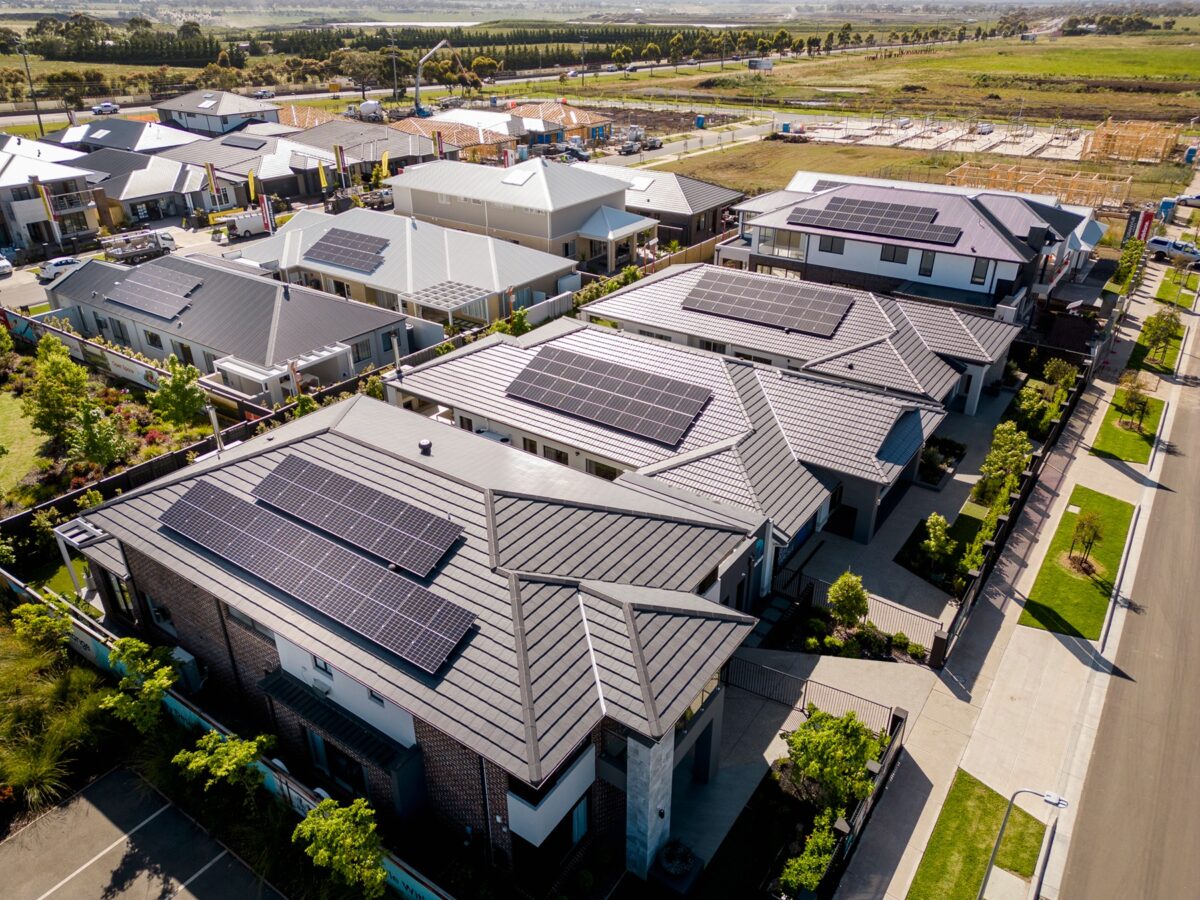
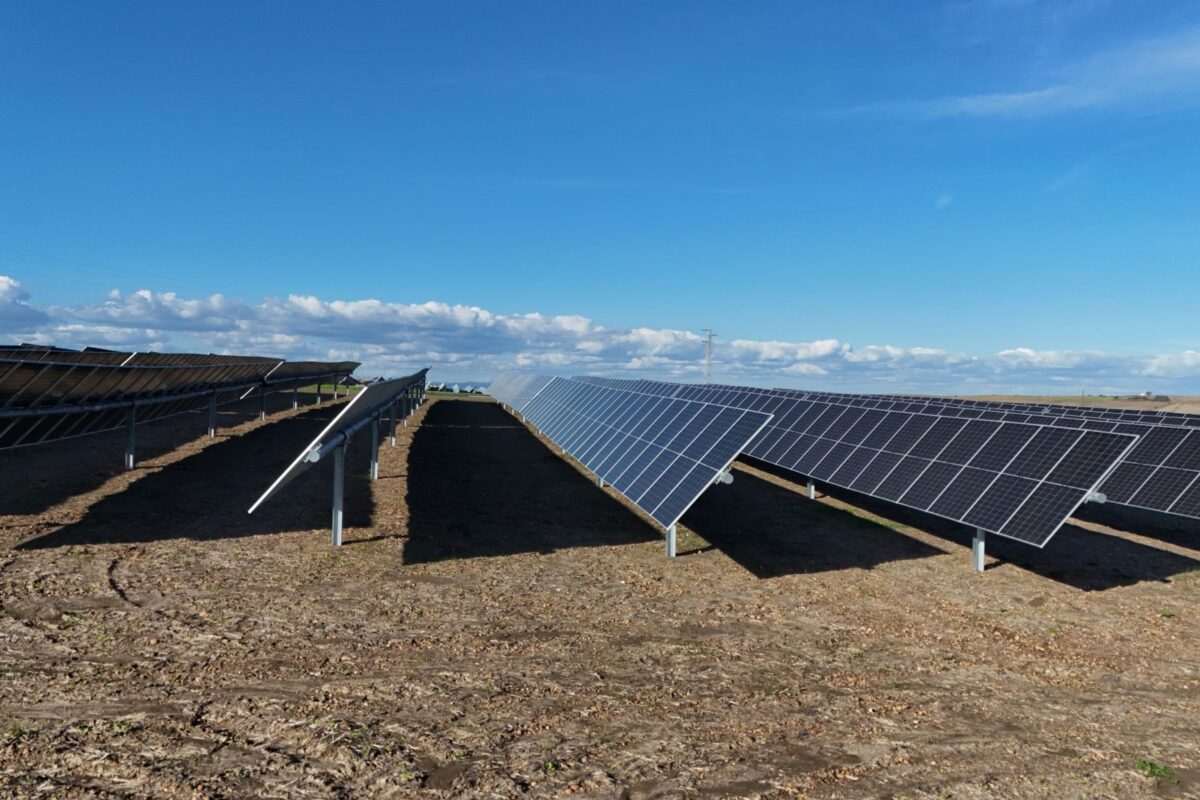

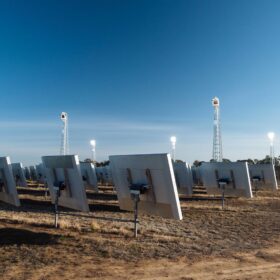

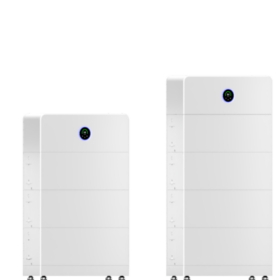
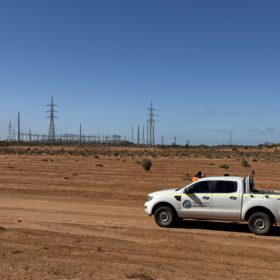
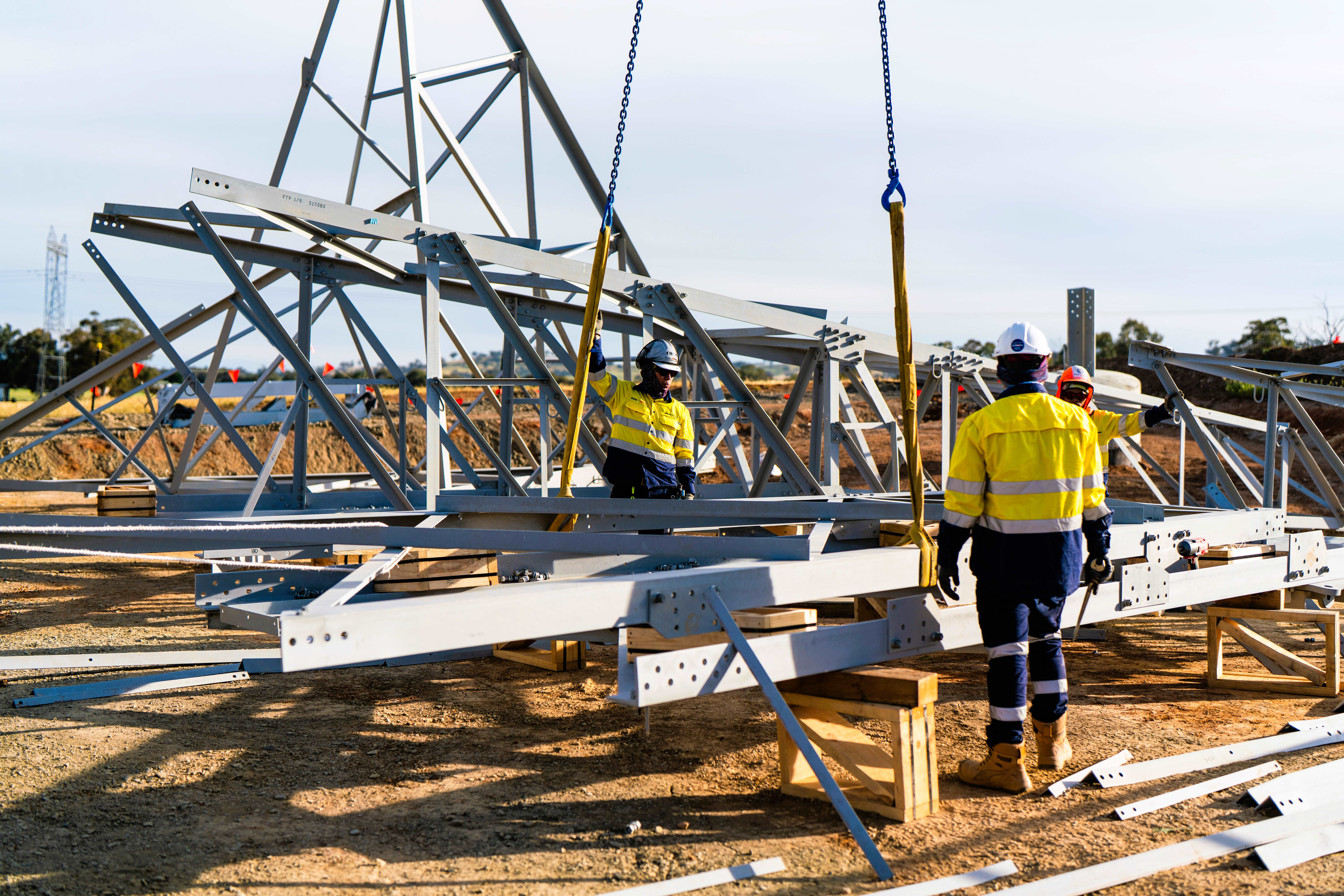
By submitting this form you agree to pv magazine using your data for the purposes of publishing your comment.
Your personal data will only be disclosed or otherwise transmitted to third parties for the purposes of spam filtering or if this is necessary for technical maintenance of the website. Any other transfer to third parties will not take place unless this is justified on the basis of applicable data protection regulations or if pv magazine is legally obliged to do so.
You may revoke this consent at any time with effect for the future, in which case your personal data will be deleted immediately. Otherwise, your data will be deleted if pv magazine has processed your request or the purpose of data storage is fulfilled.
Further information on data privacy can be found in our Data Protection Policy.